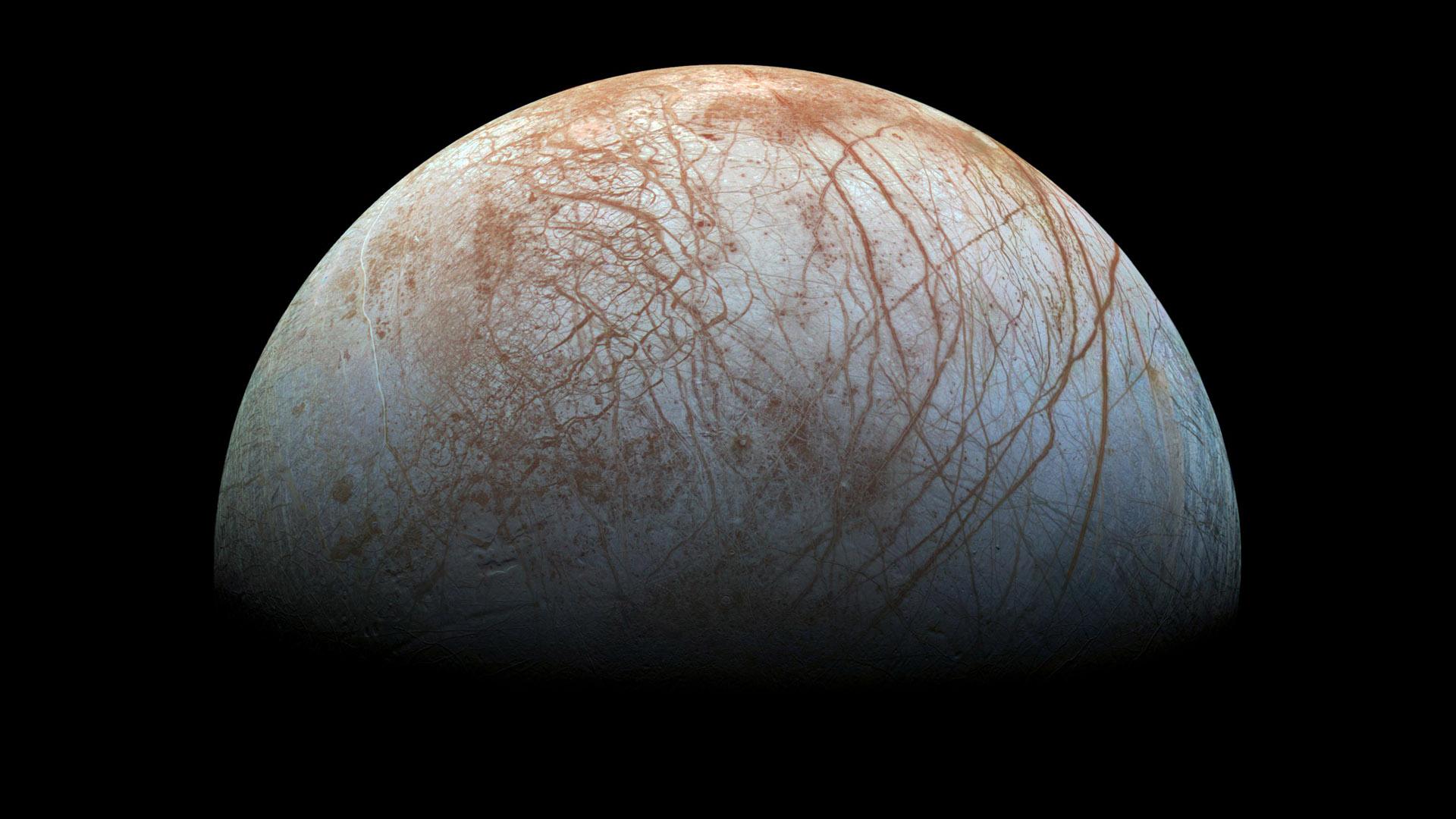What would happen if the asteroid Ryugu hit Earth?
Using samples collected by the Hayabusa2 scientists have calculated what would happen if the spinning-top-shaped asteroid Ryugu hit our planet.

Scientists have calculated what would happen if the asteroid Ryugu struck our planet. Predicting the result of such a collision was made possible thanks to the analysis of samples returned to Earth by the Japan Aerospace Exploration Agency (JAXA) spacecraft Hayabusa2.
Presenting the results of the calculations at the 8th Planetary Defence Conference in Vienna, Austria on Monday, April 4, JAXA Department of Solar System Sciences professor Satoshi Tanaka emphasized the importance of performing estimates like this on planetary defense efforts even for asteroids like Ryugu which currently present no impact risk.
Launched in December 2014, Hayabusa2 reached Ryugu, an approximately 0.6-mile-wide (900 meters) asteroid located 186 million miles (300 million kilometers) from Earth in June 2018 after traveling for 42 months. In addition to collecting samples, which were returned to Earth in 2020, Hayabusa2 also landed several rovers on the asteroid and hit the space rock with two projectiles.
Related: Asteroid apocalypse: How big must a space rock be to end human civilization?
"Hayabusa2 succeeded in an experiment in which two 1 kilogram [2.2 pounds] projectiles were launched at a speed of 2 kilometers per second [1.2 miles per second] resulting in the formation of a crater approximately 20 meters [66 feet] in diameter," Tanaka said. "The cohesion strength of the rock was meant to be very very low. The density is just a little higher than water with a very high porosity estimated."
Based on these facts, Ryugu, which is currently estimated to come no closer to Earth than around 62,000 miles (100,000 kilometers), is considered to be a rubble-pile asteroid, with a low mechanical strength compared to normal rocks. This means that were the asteroid ever to head toward Earth, scientists would have to take great care to prevent it from breaking apart should they attempt to divert it using something like the DART impactor which in September 2022 hit the asteroid moonlet Dimorphos.
Without diversion intervention, Tanaka explained, if the Ryugu asteroid was heading to Earth and entered the planet's atmosphere at an angle of 45 degrees and at a speed of around 38,000 miles per hour (17 kilometers per second), the rubble pile asteroid would break up at an altitude of around 25 to 21 miles (40 to 35 km) over the surface of the planet.
Get the Space.com Newsletter
Breaking space news, the latest updates on rocket launches, skywatching events and more!
This would result in an "airburst" similar to that seen over Russia in February 2013 when the Chelyabinsk meteor erupted at an altitude of around 19 miles (30 kilometers) over Earth. The result of the Chelyabinsk blast was a bright flash of light and an atmospheric blast equivalent to the detonation of 400–500 kilotons of TNT. This is as much as 33 times the energy released by the atomic bomb that devastated Hiroshima at the end of the Second World War.
The Chelyabinsk airburst injured almost 1,500 people, mostly because of the amount of debris and shattered glass it produced. With a diameter of just 66 feet, the Chelyabinsk meteor was the largest object to enter Earth's atmosphere from space since 1908, but is still just a fraction of the size of Ryugu.
Tanaka pointed out that if Ryugu were to break apart in the atmosphere over Earth, we currently don't know enough about the asteroid's tensile strength to predict the size of the pieces that would fall to our planet.
"Ryugu's tensile strength may be more than two orders of magnitude greater than current estimates which could impact its effects on Earth," Tanaka concluded. "The return sample is in the process of completing the initial analysis. Internal fracture exploration will be important in the future to more precisely assess the impact [of asteroids like Ryugu] on the Earth."
Follow us on Twitter @Spacedotcom or on Facebook.
Join our Space Forums to keep talking space on the latest missions, night sky and more! And if you have a news tip, correction or comment, let us know at: community@space.com.

Robert Lea is a science journalist in the U.K. whose articles have been published in Physics World, New Scientist, Astronomy Magazine, All About Space, Newsweek and ZME Science. He also writes about science communication for Elsevier and the European Journal of Physics. Rob holds a bachelor of science degree in physics and astronomy from the U.K.’s Open University. Follow him on Twitter @sciencef1rst.
-
Marcd2k Well, this was disappointing, as the question from the title was not answered. It was left as, "we don't know".Reply -
billslugg Results from Imperial College of London impact calculator:Reply
Calculated Results (ic.ac.uk)
9 km diameter crater
0.6 km deep
Complete destruction out to about 100 km. -
bolide Reply
Does this take into account the "pile of rubble" nature of Ryugu, as opposed to a more solid piece of rock?billslugg said:Results from Imperial College of London impact calculator:
Calculated Results (ic.ac.uk)
9 km diameter crater
0.6 km deep
Complete destruction out to about 100 km. -
billslugg Yes, this simulation has it breaking up 77 km high in the atmosphere. Only small pieces reach the ground, but there are a lot of them. They hit a footprint 1.2 km x 1.8 km.Reply -
Marcd2k Reply
Thank you for your replies, Bill.billslugg said:Yes, this simulation has it breaking up 77 km high in the atmosphere. Only small pieces reach the ground, but there are a lot of them. They hit a footprint 1.2 km x 1.8 km.
